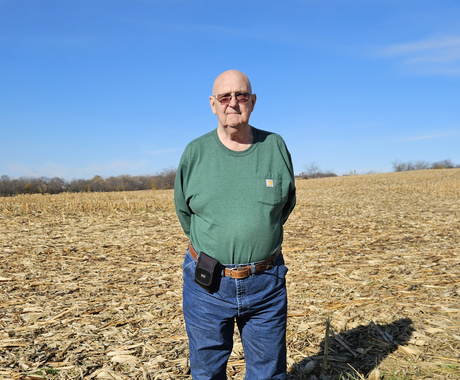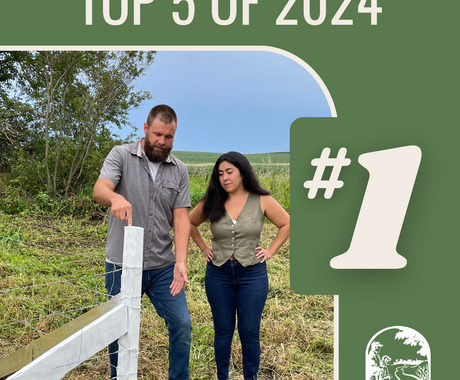Who deserves farm payments? The Center for Rural Affairs has long maintained that farm payments should be reserved for family farms facing difficult times, but the government and taxpayers should not support checks without limit to the largest operations.
While Congress has enacted limits on farm payments, Congress and the U.S. Department of Agriculture have failed to close loopholes that enable the largest farms to maneuver around them.
Most farm payment programs are subject to a maximum payment, and generally farms with an adjusted gross income (AGI) of more than $900,000 are ineligible for farm payments.
But, under U.S. Department of Agriculture (USDA) rules, many farms can claim multiple maximum payments for several individual family members involved in the operation.
Congress loosened what restrictions are in place in several notable ways in the 2018 farm bill, and the USDA has recently released a rule codifying these changes.
The Center opposed these changes and urges Congress to act to rectify them.
One major change expands the number of family members who can claim farm payments. Previously, direct family members, such as parents, children, and spouses involved in the operation could each claim a payment individually. Now, nephews, nieces, and cousins are all allowed to claim payments as well. While most family farms don’t pursue multiple payments for multiple family members, the few who do can now bring in millions of taxpayer dollars in payments.
Another notable change is with Marketing Assistance Loans. Farmers with excess commodity on hand can use it as collateral to receive this type of loan from the USDA when prices are low. And, when prices increase, they sell and pay off the loan. The 2018 farm bill removed the payment limitation of $125,000 from Marketing Assistance Loans.
The farm bill removed similar payment caps from other farm payment programs, such as
Loan Deficiency Payments, which are the alternative to Marketing Assistance Loans for farmers who prefer a lower payment to a loan; and Marketing Loan Gains, which is the profit that farmers can keep from a Marketing Assistance Loan if the commodity price goes higher than expected.
Other support programs that lost their payment caps are the Noninsurance Disaster Assistance Program, which offers a form of insurance for crops where no insurance product is available; the Emergency Conservation Program, which offers payments for certain conservation activities in the wake of natural disasters; and the Emergency Assistance for Livestock, Honeybees, and Farm-Raised Fish.





